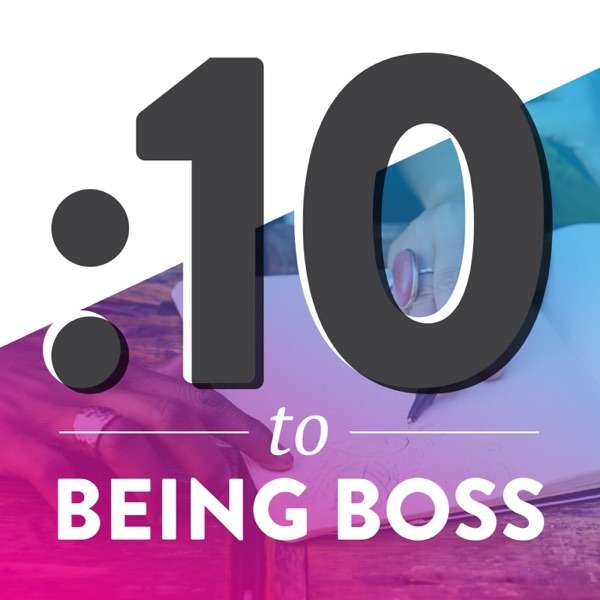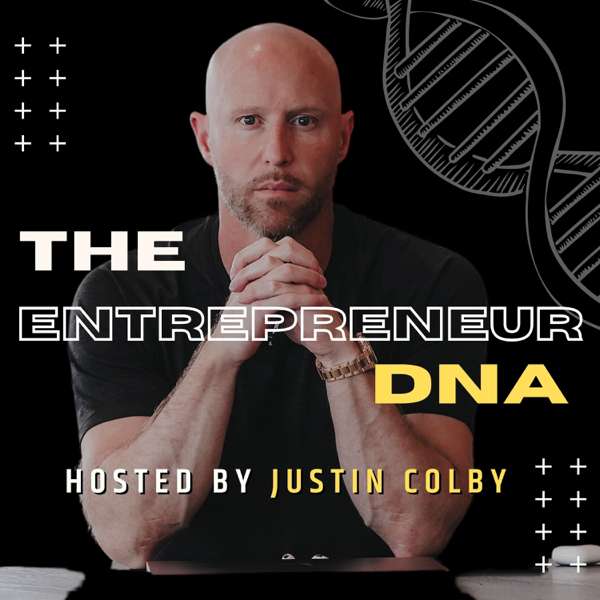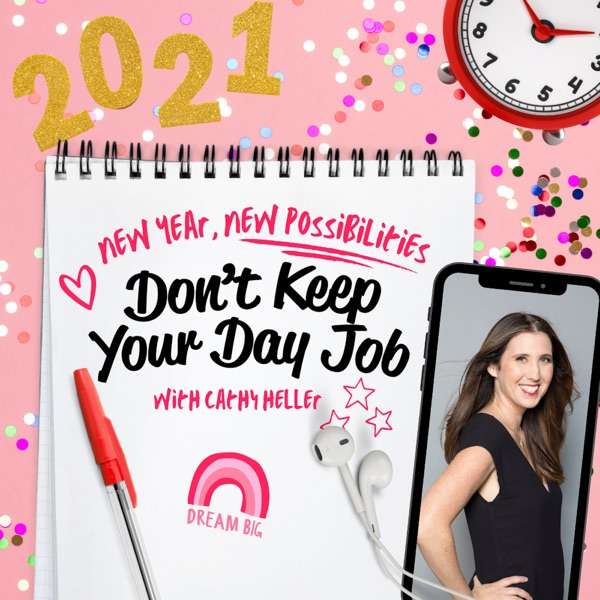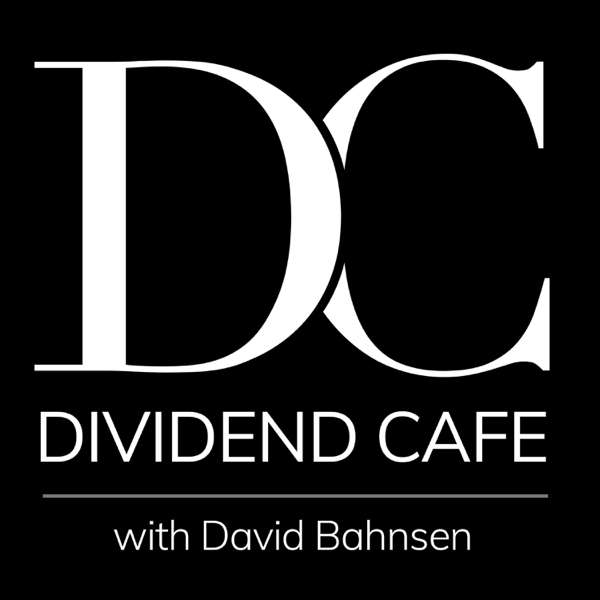A data moat is the defensible advantage a company builds by collecting, generating, or accessing data that competitors cannot easily replicate. In modern AI and software businesses, a strong data moat becomes the primary engine of differentiation, product quality, and long-term market power.
Unlike a traditional “business moat,” a data moat compounds over time: more usage → more data → better models → better product → more usage — a flywheel effect that weakens competitors and increases switching costs.
This article explains the definition of a data moat, why it matters, how it is built, and how AI companies like Tempus use data moats to stay ahead.
Quick Glance: Data Moat Essentials
- Definition: A data moat is a defensible competitive advantage created through proprietary, high-quality, hard-to-replicate data.
- Primary Purpose: Make the product stronger over time while making it harder for competitors to catch up.
- Why It Matters: AI systems with unique datasets outperform generic models.
- Where It Applies: AI startups, SaaS platforms, fintech, healthtech, logistics, marketplaces.
- Core Drivers: Data scale, quality, freshness, integration depth, feedback loops.
Valuation / Impact Table
| Data Moat Type |
Impact on Valuation |
Why It Matters |
Typical Multiple Boost |
| Proprietary First-Party Data |
High |
Hard to replicate; fuels product differentiation |
+1.5× to +3× revenue multiple |
| User Behavior & Engagement Data |
Medium–High |
Improves personalization, retention, LTV |
+1× to +2× |
| Vertical/Domain-Specific Datasets |
High |
Critical in healthtech, fintech, legaltech |
+2× to +4× |
| AI Training Datasets |
Very High |
Enables unique model performance vs competitors |
+3× to +6× |
| Regulated or Permissioned Data |
Very High |
Strongest lock-in; high barriers (HIPAA, clinical, financial) |
+3× to +8× |
| Aggregated Marketplace Data |
Medium |
Network effects; improves matching efficiency |
+1× to +2× |
What Is a Data Moat? (Definition)

A data moat is the strategic barrier created when a company accumulates unique, high-quality, and hard-to-access datasets that continually improve its product or AI models and cannot be replicated by new entrants.
In simple terms:
Data moat = unique data + continuous feedback loops + hard to copy + improves product performance
For AI startups, a data moat is often more important than code, algorithms, or brand.
Why Data Moat Matter (Especially for AI Companies)
AI systems depend on:
-
scale (volume of data)
-
quality (labeling, accuracy, diversity)
-
access (privacy-compliant, real-world usage)
A powerful AI data moat gives:
-
Better model accuracy
-
Lower inference cost
-
Faster improvement cycles
-
Higher switching costs for customers
-
Stronger defensibility against competitors
This is why investors often ask early-stage AI founders:
“What is your data advantage that OpenAI or Google cannot copy?”
Examples of Strong Data Moat
1. Proprietary High-Volume User Data
Platforms like TikTok, LinkedIn, and YouTube own massive interaction datasets (retention curves, content behavior, engagement signals).
2. Domain-Specific Labeled Data
Companies like Tempus AI (healthcare AI) maintain clinical, genomic, and real-world patient datasets. This is one reason investors call “Tempus AI’s data moat” one of the strongest in the industry.
3. Unique Industry Data Pipes
Stripe and Plaid benefit from transaction-level financial telemetry that competitors cannot replicate.
4. Sensor or Hardware Data
Companies like Tesla build moats through billions of real-world driving frames that competitors cannot access without years of collection.
5. User-Generated Proprietary Workflows
Figma, Notion, and GitHub Copilot accumulate workflow and design-pattern datasets.
Types of Data Moats
1. Proprietary Dataset Moat
Exclusive datasets collected through core product use.
2. Real-Time Feedback Loop Moat
Products improve in real time as users interact with them.
3. Regulatory or Compliance Moat
Data that is only accessible due to licensing, partnerships, or long-term contracts.
4. Integration Moat
When a company sits inside customer workflows and collects unique telemetry (e.g., error logs, events, usage metrics).
5. Model-Performance Moat
Models trained on proprietary data outperform competitors — causing customers to stay.
Competitive Advantage Matrix
| Competitive Advantage Type |
What It Means |
Strength Level |
Durability |
Data Moat Relevance |
Startup Examples |
| Brand Moat |
Trust, recognition, emotional pull |
Medium |
Medium-Long |
Weak → unless brand drives data inflow |
Canva, Notion |
| Scale Moat |
Cost advantage through volume |
High |
Long |
Moderate → data grows with scale |
Amazon, Uber |
| Network Effects |
Product value increases with more users |
Very High |
Long |
Very High → more users = more data = better model |
Airbnb, LinkedIn |
| IP / Technology Moat |
Patents, proprietary algorithms, unique tech |
Medium–High |
Medium |
High → especially in AI/ML |
OpenAI, DeepMind |
| Operational Moat |
Superior processes, speed, execution |
Medium |
Medium |
Moderate |
Stripe, Rippling |
| Regulatory Moat |
Protected markets due to licensing or regulation |
High |
Long |
Low → but regulated data can create indirect moat |
Fintech, Healthcare |
| Data Moat |
Unique, high-volume, hard-to-replicate data |
Very High |
Very Long |
Core defense layer |
Tesla, Tempus AI, Grammarly |
How Data Moat Create Competitive Advantage
1. Hard to Copy
A competitor cannot replicate customer interaction history, edge-case events, or domain-specific labeling.
2. Compounding Learning Curve
More data → better predictions → more users → more data.
3. Switching Costs
Users stay because no other product performs as well.
4. Better Personalization
Personalized AI becomes impossible for new entrants to match without years of data.
5. Lower Cost Structure
As models get smarter, inference cost drops, widening margin advantage.
How AI Startups Can Build a Data Moat
1. Own the Data-Generating Workflow
Build tools where users naturally create proprietary data.
Examples:
-
CRM systems
-
Developer tools
-
Analytics dashboards
-
SaaS workflow products
2. Integrate Deeply (Become a System of Record)
The deeper the integration, the richer the data generated.
3. Collect Unique Edge Cases
Edge data = defensibility
Open-source competitors cannot recreate it.
4. Build Labeling Infrastructure Early
Label quality > dataset size.
5. Create Feedback Loops
Every user action should make the product smarter.
6. Form Industry Partnerships
Especially in healthcare, finance, and insurance — where data is restricted.
Data Moat vs. Traditional Moat
| Aspect |
Traditional Moat |
Data Moat |
| Basis |
Brand, scale, distribution |
Proprietary data |
| Speed |
Slow to build |
Faster with feedback loops |
| Defensibility |
Medium |
Very high |
| Replicability |
Possible |
Extremely difficult |
| Impact on AI |
Indirect |
Direct model performance improvement |
Founder Checklist: Building a Data Moat

Data Collection
-
Define your primary data advantage: quality, volume, speed, uniqueness.
-
Identify proprietary data sources competitors cannot access.
-
Ensure continuous inflow of new, real-time, or user-generated data.
-
Implement data instrumentation early — avoid retrofitting later.
Data Quality & Enrichment
-
Build pipelines for cleaning, labeling, and enriching raw data.
-
Establish governance standards (schema consistency, lineage, validation).
-
Use human-in-the-loop (HITL) processes for accuracy where needed.
Data Rights & Compliance
-
Secure long-term rights to collect, store, and use the data.
-
Use compliant consent flows (GDPR, HIPAA, CCPA for AI/health).
-
Avoid relying solely on rented, licensed, or synthetic data.
Model Advantage
-
Train models that materially improve as more data accumulates.
-
Build feedback loops so user activity strengthens the moat.
-
Benchmark model performance against open-source alternatives.
Defensibility
-
Ensure your dataset would take a competitor years or millions of dollars to replicate.
-
Create integration points that make switching costs high.
-
Build proprietary labeling or annotation systems.
Infrastructure & Tooling
-
Invest in scalable storage, preprocessing, and feature pipelines.
-
Use metadata tools (feature store, lineage trackers) for long-term advantage.
Business Strategy
-
Tie your moat to customer value (accuracy, personalization, safety).
-
Reinforce it with other moats (network effects, product ecosystem).
-
Document your “data flywheel” for investors.
Risk Management
-
Model legal, ethical, and reputational risks of your dataset.
-
Prepare fallback strategies if regulators tighten data use rules.
-
Ensure the moat is not dependent on a single fragile data source.
How to Build a Data Moat (Step-by-Step Framework)
Use this simple framework to move from “we have some data” to a defensible, compounding data moat.
- Identify data sources competitors cannot access (workflows, telemetry, domain-specific signals).
- Build workflow tools that naturally generate proprietary, high-quality data as people use the product.
- Create feedback loops so every interaction, success, or failure makes the model and product smarter.
- Improve labeling and enrichment quality with clear schema, review processes, and human-in-the-loop checks.
- Add integrations so you become a system-of-record and sit at the center of the customer’s daily workflow.
- Lock defensibility with data rights, compliance, and long-term partnerships that are hard to replicate.
Data Moats in the Age of AI (2025 and Beyond)
The bar for an AI data moat is rising.
Large foundation models erode surface-level differentiators, so startups need deeper moats:
A. Vertical AI Data Moats
Domain-specific AI (e.g., legal AI, radiology AI, fintech AI) is increasingly valuable because general models cannot match specialized accuracy.
B. Closed-Loop Data Systems
Products that create data during usage — DevOps tools, CRM tools, medical diagnostics — will dominate.
C. Privacy-Preserving Moats
Companies that build proprietary data while staying compliant (HIPAA, GDPR) retain long-term trust access.
D. Enterprise Integration Moats
AI products that connect to enterprise systems will continuously accumulate irreplaceable workflow data.
Weak Data Moats (What Doesn’t Count)
Beware of these “fake moats”:
A real moat must be:
✔ exclusive
✔ compounding
✔ high-quality
✔ hard to replicate
Tempus AI: A Real-World Example of a Strong Data Moat
Tempus AI has one of the most defensible moats in healthcare AI.
Its data moat includes:
This combination gives Tempus AI an advantage that new entrants cannot replicate without:
-
years of clinic partnerships
-
regulatory clearance
-
massive financial investment
-
deep patient-level data rights
That is exactly what a data moat competitive advantage looks like.
When You Should Not Build a Data Moat
If your startup:
-
has no natural data-generating workflows
-
sells low-usage tools
-
cannot legally collect the data
-
cannot label or clean it
-
faces privacy constraints blocking usage
Then you should build a distribution moat or product velocity moat instead.
FAQs
1. What does data moat mean?
A data moat refers to the competitive advantage a company gains by owning unique, high-quality, hard-to-replicate data. This exclusive data continuously improves product performance, strengthens AI models, and makes it difficult for competitors to match the same level of accuracy or personalization.
2. What is moat full form?
The term “moat” does not have a full form. It simply refers to a protective barrier that keeps competitors from easily copying or overtaking a business. In strategy, a moat represents the defensible advantages that help a company protect market share over time.
3. What are the 5 types of moats?
The five common types of business moats are:
-
Brand moat,
-
Scale moat,
-
Network effects,
-
Intellectual property or technology moat, and
-
Data moat.
These moats help a company maintain long-term defensibility and reduce the threat of new competitors.
4. What are the benefits of moats?
Moats help companies maintain market leadership by increasing defensibility, raising switching costs, improving customer loyalty, and making it harder for competitors to imitate the product. Strong moats also support higher valuations, better margins, and long-term revenue stability.
5. What is a moat in strategy?
In business strategy, a moat is a sustainable advantage that protects a company from competitors. It can come from brand strength, unique data, technology, network effects, or operational efficiency. The stronger the moat, the harder it is for other companies to replicate or disrupt the business.
In Summary
A data moat is the most durable competitive advantage in AI and modern software. It defines who survives, who scales, and who becomes uncatchable.
Strong data moats are:
-
proprietary
-
compounding
-
high-quality
-
tightly integrated
-
difficult to replicate
Companies like Tempus AI, Tesla, Stripe, and TikTok didn’t win because of algorithms — they won because of the data flywheel powering the product.
A startup that builds a meaningful data moat early will outperform competitors, raise capital more easily, and defend its market long-term.

 Our TOPPODCAST Picks
Our TOPPODCAST Picks  Stay Connected
Stay Connected




















